Lilly Pilly
- December 4, 2023
- 0 comment
Lilly Pilly, an evergreen shrub native to Australia, is renowned for its ornamental beauty and versatile applications. Belonging to the myrtle family, this plant, scientifically known as Syzygium smithii, features glossy, elliptical leaves and often produces vibrant, edible berries. Its appeal lies not only in its aesthetic qualities but also in its adaptability, thriving in various climates and soil conditions.

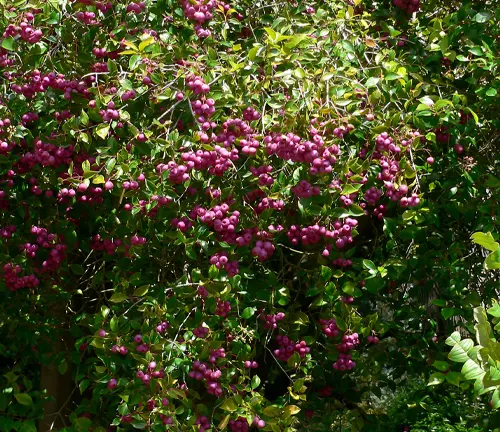
Beyond its role as a decorative plant, the Lilly Pilly has found utility in culinary endeavors, as its tart and mildly sweet berries are suitable for jams, jellies, and desserts. Additionally, Indigenous Australian communities have long recognized its medicinal properties, utilizing parts of the plant for traditional remedies.
With its lush foliage, attractive flowers, and practical applications, the Lilly Pilly has become a popular choice for both garden enthusiasts and those seeking a touch of Australian flora in diverse landscapes.
| Characteristic | Description |
|---|---|
| Scientific Name | Syzygium smithii |
| Common Name | Lilly Pilly |
| Family | Myrtaceae |
| Type | Evergreen shrub/tree |
| Native to | Australia |
| Foliage | Glossy, elliptical leaves |
| Flowers | Attractive, often creamy-white |
| Fruit | Edible berries, tart and mildly sweet |
| Adaptability | Thrives in various climates and soil conditions |
| Culinary Use | Berries suitable for jams, jellies, and desserts |
| Medicinal Use | Traditional use in Indigenous Australian remedies |
| Landscape Use | Popular ornamental plant for gardens and landscapes |
Botanical Beauty of Lilly Pilly

Lilly Pilly, scientifically known as Syzygium smithii, emerges as a botanical marvel, captivating enthusiasts with its aesthetic allure. This evergreen shrub native to Australia boasts glossy, elliptical leaves that shimmer in the sunlight. The plant’s botanical beauty extends to its creamy-white, visually striking flowers and vibrant, edible berries, adding a touch of elegance to the natural landscape.
Woodland Elegance
In the realm of flora, Lilly Pilly stands out for its woodland elegance. Whether as a standalone specimen or part of a larger ecosystem, its presence evokes a sense of grace and sophistication. The shrub’s branches, adorned with lush foliage, create a verdant tapestry, contributing to the serene ambiance of woodlands and gardens alike.

Ecological Importance
Beyond its ornamental value, Lilly Pilly plays a crucial role in the ecosystem. As a native Australian plant, it supports local biodiversity by providing habitat and sustenance for various wildlife species. Birds, in particular, are drawn to the plant for its berries, fostering ecological balance and contributing to the overall health of the environment.

Cultivation and Conservation
Cultivating Lilly Pilly is a testament to its adaptability. Thriving in diverse climates and soil conditions, it has become a favorite among gardeners and landscapers. However, the popularity of this botanical gem has led to increased attention to its conservation. Efforts are underway to preserve the native habitats of Lilly Pilly, ensuring its continued presence in the Australian landscape.

Fragrance
One cannot overlook the olfactory delight that accompanies Lilly Pilly. The plant emits a subtle yet enchanting fragrance, adding another layer to its appeal. The delicate scent enhances the overall sensory experience, making it a welcomed addition to gardens and outdoor spaces.
Soil Stabilization
Lilly Pilly contributes to soil stabilization with its robust root system. This feature makes it particularly valuable in preventing erosion and maintaining the integrity of the soil. The plant’s role in stabilizing the earth further underscores its significance in ecological sustainability.
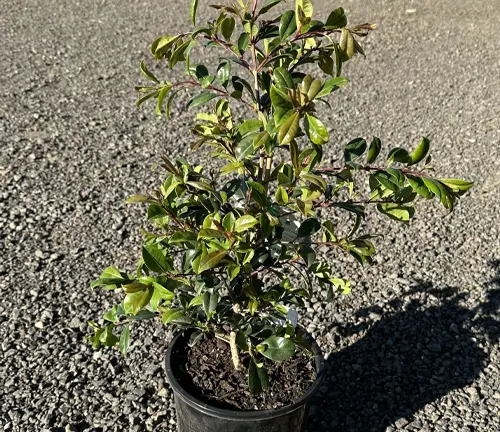
Common Uses
The versatility of Lilly Pilly extends beyond its visual and aromatic qualities. Its berries, with their tart and mildly sweet flavor, find common use in culinary pursuits. From jams to jellies and delectable desserts, the plant adds a unique and indigenous touch to various dishes, celebrating the rich flavors of Australian flora.
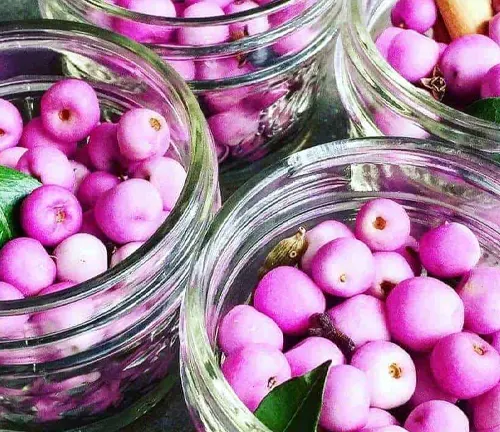
Benefits
Embracing Lilly Pilly in both natural landscapes and cultivated gardens brings forth a multitude of benefits. Its aesthetic appeal enhances the visual charm of any environment, while its ecological contributions, culinary uses, and soil-stabilizing properties underscore its broader significance. As we appreciate the botanical beauty of Lilly Pilly, it becomes evident that this plant is not merely an ornamental delight but a harmonious participant in the intricate tapestry of nature.
Different Species
Syzygium smithii
(Common Lilly Pilly)
This is the most well-known species and is native to Australia. It is often grown as an ornamental plant for its attractive foliage, flowers, and edible berries.
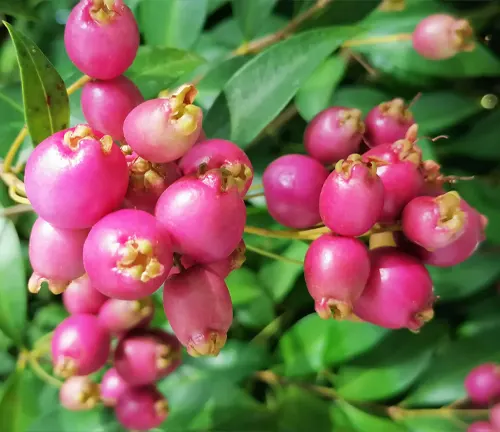
Syzygium luehmannii
(Riberry or Small-leaved Lilly Pilly)
Indigenous to the rainforests of eastern Australia, this species is valued for its tart, cranberry-like fruits known as riberry. It is used in culinary applications, including jams and sauces.
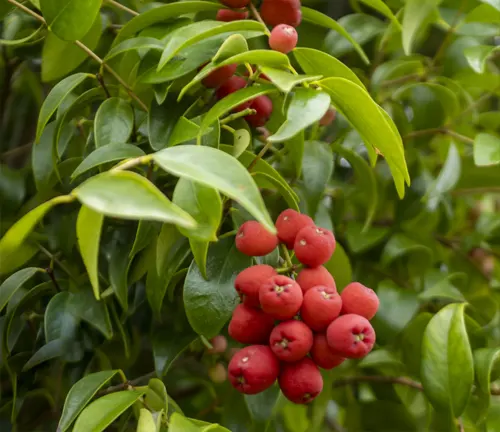
Syzygium australe
(Brush Cherry)
Native to Australia, this species is popular for its dense foliage and suitability for hedging. It produces small, cherry-like fruits and is commonly used in landscaping.
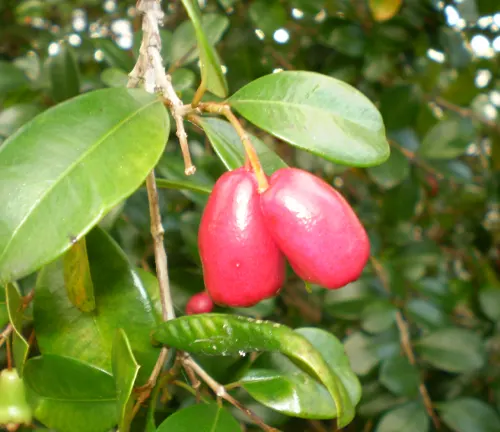
Syzygium paniculatum
(Magenta Cherry or Magenta Lilly Pilly)
Native to the rainforests of New South Wales and Queensland, this species is known for its pink to magenta-colored new growth. It produces small, purple berries.
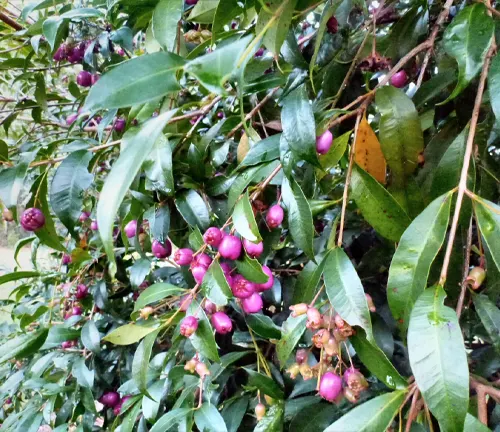
Syzygium wilsonii
(Powderpuff Lilly Pilly)
This species is characterized by its fluffy, powderpuff-like flowers, which are followed by red berries. It is native to rainforests in northern Queensland.
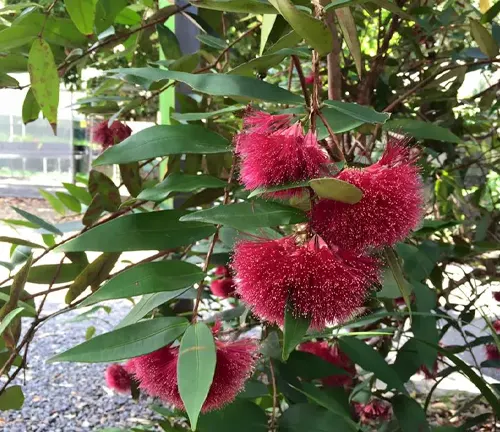
Syzygium francisii
(Water Gum)
Found in coastal rainforests of Queensland and New South Wales, this Lilly Pilly species is known for its glossy green leaves and clusters of pink to red berries.
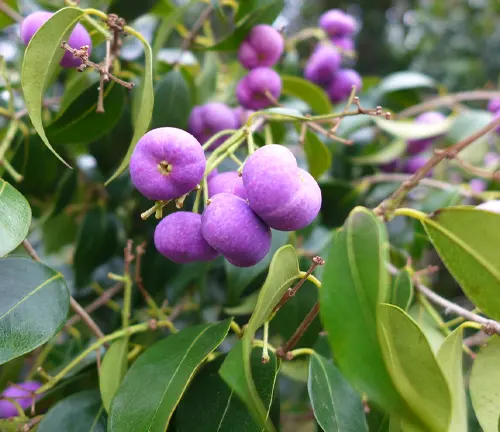
Syzygium tierneyanum
(River Cherry)
Native to northern Queensland, this species is often found along riverbanks. It produces white flowers and small, red to purple fruits.
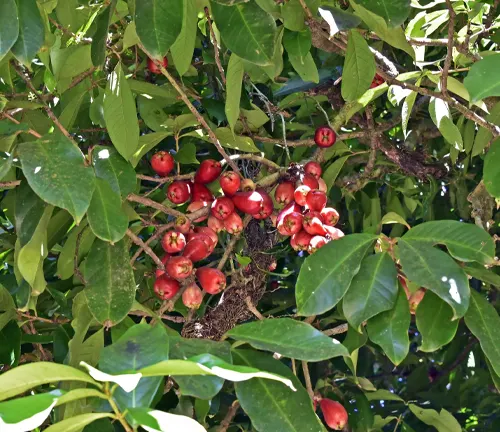
Frequently Asked Questions (FAQs)
1. What is Lilly Pilly?
Lilly Pilly is an evergreen shrub native to Australia, known for its ornamental beauty and versatility. It belongs to the Syzygium genus and is characterized by glossy leaves, attractive flowers, and edible berries.
2. How do I care for Lilly Pilly in my garden?
Lilly Pilly generally thrives in well-drained soil and prefers a sunny to partly shaded location. Regular watering, especially during dry periods, and occasional pruning to maintain shape are recommended. Mulching around the base helps retain moisture.
3. Are Lilly Pilly berries edible?
Yes, Lilly Pilly berries are edible. They are known for their tart and mildly sweet flavor. They can be used in culinary applications such as jams, jellies, and desserts.
4. Can I grow Lilly Pilly in pots or containers?
Yes, Lilly Pilly can be grown in pots or containers. Ensure the container has good drainage, use quality potting mix, and provide appropriate sunlight and water for optimal growth.
5. How fast does Lilly Pilly grow?
The growth rate of Lilly Pilly can vary depending on the species and growing conditions. In general, it is considered a moderately fast-growing plant, especially when provided with adequate care.
6. Is Lilly Pilly suitable for hedging?
Yes, several Lilly Pilly species, such as Syzygium australe (Brush Cherry), are popular choices for hedging due to their dense foliage and the ability to be pruned into desired shapes.
7. Are there any pests or diseases that affect Lilly Pilly?
While Lilly Pilly is relatively hardy, it can be susceptible to certain pests like psyllids and scale insects. Regular monitoring and appropriate pest control measures can help maintain plant health.
8. How do I propagate Lilly Pilly?
Lilly Pilly can be propagated through seeds, cuttings, or by air-layering. Propagation methods may vary among species, so it’s advisable to follow specific guidelines for the particular type of Lilly Pilly you are working with.
9. What is the significance of Lilly Pilly in Indigenous Australian culture?
Lilly Pilly has cultural importance in Indigenous Australian communities, where parts of the plant are used for traditional remedies. The berries and other plant components have been utilized for various medicinal purposes.
10. Is Lilly Pilly suitable for all climates?
Lilly Pilly is adaptable to various climates, but specific species may have preferences. It is generally suitable for subtropical to temperate climates and can withstand a range of conditions with proper care.


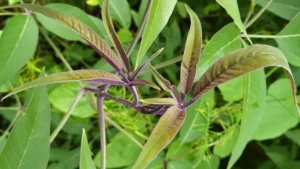
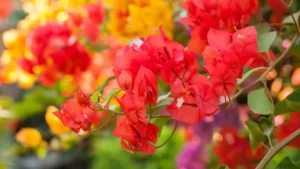
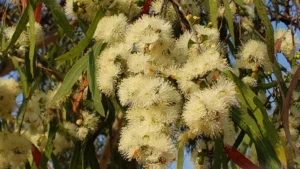
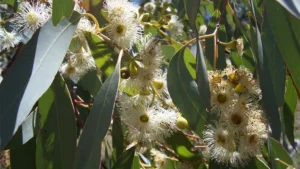
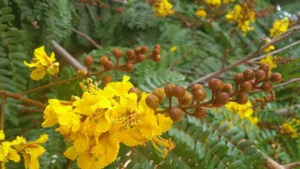
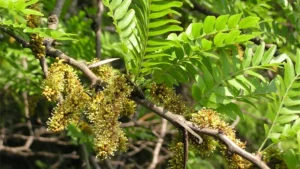


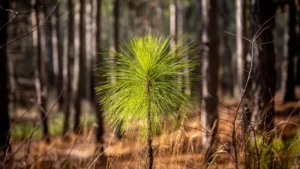
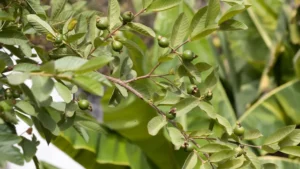
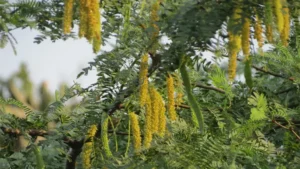
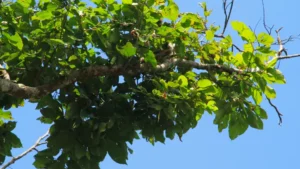
Leave your comment